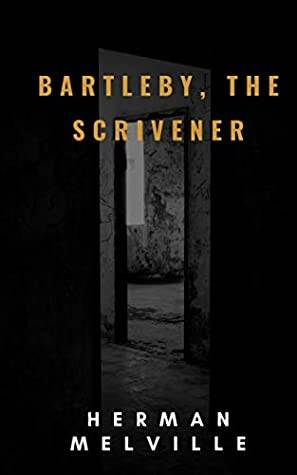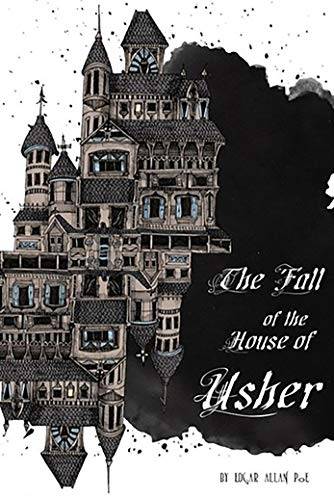Reading it ‘short’

Popular literature has lately been looked at from the lens of a novel. It almost seems impossible to imagine literature without a thick hardbound cover. Whenever one enters a book store, all they look for are hardbound bestsellers. The popularity of novels is such that there are people who think that William Shakespeare wrote novels! It is surprising to further dwell into the origin of novels and find that authors who wrote the very first novels, despised the tag. Samuel Richardson, who is believed to have written the first novel in the history of English literature, titled Pamela, did not want his book to be addressed as a novel. The tradition of literature owes its popularity immensely to Epics as well as plays. After all, Shakespeare curated 37 plays and not even a single novel. The advent of novels has been as late as the late 18th century. In fact, if we let go of the hardbound obsession, we may find striking genres which are even better off than novels.
Stories have a way of involving humankind. There is a saying that people can survive without bread but not without stories. Due to rapid industrialisation and lack of leisure time, a need for shorter fiction arose. This fiction was not to be seen as a micro version of novels but an entity in itself. The authors came up with a piece of writing that was crisp, shocking and full in itself. Rather than a painstaking, elaborate description of events, short stories focus on a swifter plot with steep plot twists.
Certain short stories have been a harbinger in setting the stage for literary movements to follow. The most engaging part about these stories is the fact that they’re not only precious from the literary viewpoint but have been immensely popular with the audience. Here’s a look at five such short stories that gripped one and all with their narrative.

The Sandman by ETA Hoffmann
This eerie, surrealist story by Hoffmann holds its roots in psychoanalysis. The surprising part is that the author was able to devise this masterpiece even before Sigmund Freud talked about the intricacies of the human mind. The plot sheds light on the story of Nathanael, a fully grown man who falls into madness as he starts catching feelings for a robot. The story is in the form of letters where Nathanael pens down several letters to his fiance. In those letters, he describes in detail the events of his childhood and an uncanny presence of a suspicious human indulging in experiments with his father. The image of those experiments stays with him for the rest of his life, and during adulthood, he develops a certain fear of ‘The Sandman’. In his fear, he starts looking for an outlook as well as for an individual who would listen to his stories and satiate his ego. He does find an individual but not in a human form. Rather, he relies on a robot. The story gets complex and more horrifying as it progresses. Critics have marked this story as Hoffmann’s best work, signalling that as early as 1817, he was able to look into the uncanny in a manner that many modern world writers could not.

The Yellow Wallpaper by Charlotte Perkins Gilman
How would you feel if you tried to visualise a woman scratching the wallpaper of the room out of mental frustration? The imagination itself gives us goosebumps. Gilman’s short story, published in 1892, brings into limelight the sensational topic of the late 19th century – a married woman’s deteriorating mental health. Psychoanalysis and theories of the mind were only proliferating around that time, and there was immense contemplation around a woman’s psyche in general. Women were repeatedly assumed to be mad if they displayed frustrating behaviour, something that was either born out of constricting clothing or mind-numbing household chores. In her spine-chilling narrative that ends with a woman crawling on the wall, she critiques a highly patriarchal setup. The story is of a young woman who is confined to the four walls of the house on account of her mysterious illness. Instead of letting her roam and enjoy some fresh air, the commanding husband recommends her to stay confined within the household. With time, her health deteriorates, and she starts imagining a trapped woman inside the yellow wallpaper in the room. In her quest to free her, she crawls up the wallpaper in an uncanny sight.

Bartleby, the Scrivener: A Story of Wall Street by Herman Melville
Known for his massively popular Moby Dick, Melville was the master of storytelling. In his 1853 ‘Story of Wall Street’, Melville heavily criticises the capitalist economy. Bartleby, who is the protagonist of the story but not the narrator, is a copywriter in the office of an affluent lawyer. He is hardly able to make ends meet with his paltry income. His dire state highlights the prevalent exploitation of employees in a capitalist economy. Bartleby has meagre savings and sleeps in the office because he has nowhere to go. Melville’s craft makes it possible for an aware reader to read between the lines and detect the hypocrisy in the lawyer’s words, who happens to be the narrator of the tale. The lawyer portrays himself as someone who holds acute sympathy for Bartleby, but in reality, he increases his troubles by sending him to jail. Melville, through every measured word, dives deep into the unfair treatment meted out to employees in the otherwise appealing capitalist American world.

The Overcoat by Nikolai Gogol
In an attempt to highlight the state of workers in Russia, Gogol pens down an account of a copyist in St. Petersburg. The highlight of the life of Akaky Akakievich Bashmachkinis buying a cloak, for which he saves every bit of money by skipping meals and doing odd jobs. The description of his involvement in that one purchase is such that it makes the reader question the nonchalance with which the privileged address their possessions. A point of absolute heartbreak occurs in the story when Bashmachkin loses his overcoat. This event highlights the sheer carelessness of authorities in Russia as he leaves no stone unturned in trying to find his overcoat. From then on, the plot falls into the pit of his deteriorating health, eventually leading to his death. Gogol does not disappoint his readers and adds a supernatural element by the end of the story. The story had such a huge impact on Russian literature that novelist Vladimir Nabokov called it “the greatest Russian short story ever written”.

The Fall of the House of Usher by Edgar Allan Poe
Maintaining the tradition of gothic tales that Poe is immensely known for, The Fall of the House of Usher tells a tale of two siblings obsessed with the idea of an absent heir. The story is narrated by an unnamed narrator who happens to be a dear friend of Roderick Usher, the male sibling in the Usher household. He spends a considerable amount of time with Roderick to help him heal from a certain mental condition. Through the days of his healing, the narrator spends time observing a peculiar behaviour displayed by Roderick’s sister, Madeline. She lurks in the corridors at night. One night, on finding her dead, both Roderick and the narrator entomb Madeline in the family tomb for two weeks before she can be buried permanently. Despite being entombed for about a week, Madeline makes an appearance that scares her brother to death. The narrator manages to escape somehow, but the Usher house perishes with the fall of its owners. The anxiety of the two siblings about an heir remains unaddressed as the whole house collapses in a series of gothic events. One of Poe’s best-known works, The Fall of the House of Usher, has earned praise from author GR Thomson, who stated that “the tale has long been hailed as a masterpiece of gothic horror; it is also a masterpiece of dramatic irony and structural symbolism.”






